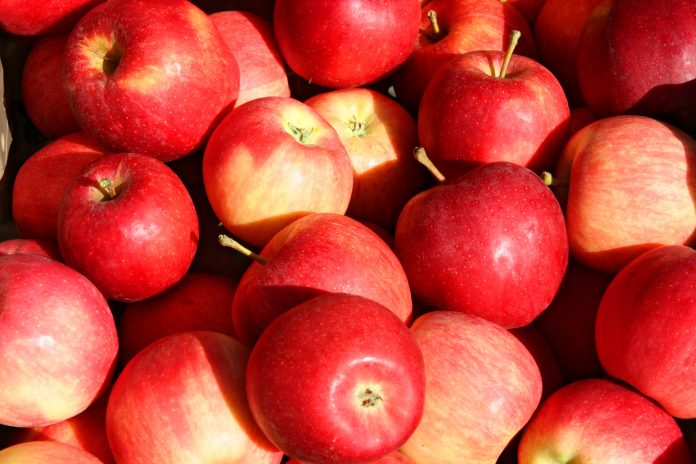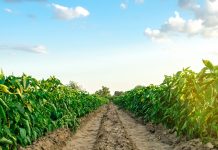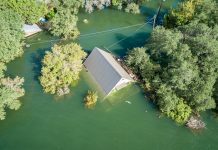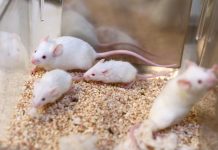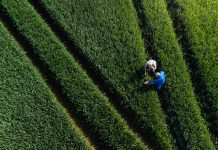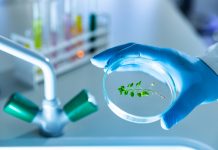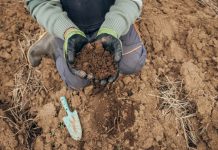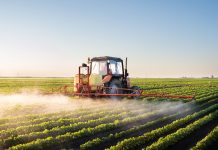Mark Gleason, Professor, Iowa State University Department of Plant Pathology, Entomology, and Microbiology in the U.S., describes the pesticide problem and in this vein, why testing new options is needed to sustain apple production
The pesticide problem. Agricultural pesticides have an image problem. Public concern about the health and environmental risks of pesticide use on crops keeps intensifying. But for apple production, using pesticides is a necessity, not a choice.
Apple growers are at least as concerned about pesticides as everyone else. But effective non-pesticide alternatives have not appeared. Apple production still relies heavily on chemical pesticides to deliver fruit that consumers want to buy.
Apples often get sprayed 10 to 15 times a year, making them one of the most pesticide-intensive crops. And the out-of-pocket costs of this practice – pesticides, labour, machinery, and so on – have skyrocketed in recent years.
How can apple growers get off this escalator and safeguard their profits? Our three-year project, funded by USDA-NIFA’s Crop Protection and Pest Management (CPPM) program, looks at two options that could offer immediate help.
Option 1: Precision spray technology
Airblast sprayers. “Airblast” sprayers – the standard hardware for spraying apples – have been around for 70 years. The pesticide mix is pumped from a tank through nozzles, then pushed into the trees with a powerful fan.
Airblast sprayers do a good job covering the orchard. But they are woefully inefficient. More than half the spray never hits the target. The rest of it lands on the ground or becomes “drift.” Drift can travel long distances, landing on family members, farmworkers and neighbours. Costly lawsuits alleging injury from pesticide drift are every grower’s nightmare.
Airblast sprayers can’t “see” the trees in the orchard. They spray an entire row of trees exactly the same – whether trees are large or small or not there at all.
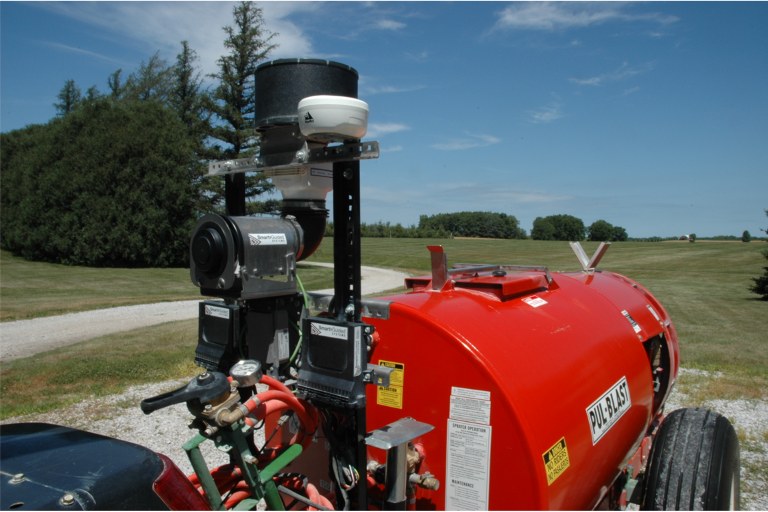
Intelligent Sprayer. A new technology called the Intelligent Sprayer sprays only what it “sees.” It uses the same LiDAR technology as driverless cars. The Intelligent Sprayer sends out laser beams and senses their reflections from the apple trees. A computer attached to the sensor instantly makes a map of each tree. Then the computer triggers only the nozzles that aim at the foliage – hitting the target much more accurately than an airblast sprayer.
The Intelligent Sprayer is the brainchild of a USDA Agricultural Engineer, Heping Zhu. At the USDA-ARS spray lab in Wooster, Ohio, Dr Zhu and his Technician Adam Clark cobbled together the early prototypes and tested them on tree and vine crops from peaches to pecans to grapes, tweaking the technology year after year.

The Intelligent Sprayer is now available commercially through Smart Guided Systems, Indianapolis, IN, and is also being marketed through John Deere dealerships.
How is the Intelligent Sprayer doing in Midwest apple orchards? Our project compares the Intelligent Sprayer to airblast spraying in Iowa and Ohio orchards. Are we getting acceptable disease and insect-pest control? We also want to know how much spray volume the Intelligent Sprayer saves per acre. We’d expect efficient performance with less pesticide – but how much less?
The answers we’ve been getting are exciting. We’re using only about half the spray volume per acre with the Intelligent Sprayer compared to airblast spraying. That means refilling the spray tank only half as often – a major saving in labour and pesticide costs.
Pest and disease control results have also been encouraging. In two years of field trials, the Intelligent Sprayer was as effective as an airblast sprayer. So even when spraying only half as much pesticide per spray, we’re still getting the same level of disease and pest control.
Option 2: Disease-warning systems
Disease-warning systems are another tool that could hold down pesticide application costs for apple growers. They use relationships between weather conditions – for example, relative humidity, rainfall and temperature – and disease risk to time sprays more efficiently.
For generations, growers have pre-scheduled sprays based on calendar dates rather than weather conditions. So why bother to use the weather to time sprays for disease control? The payoff can be fewer sprays per season. Sprays are wasted if they go on when disease risk is low. Disease-warning systems often save several sprays per season by triggering a spray only when there is a real risk of an outbreak.
Compared to the Intelligent Sprayer, warning systems offer a different way to cut back on pesticide use. The Intelligent Sprayer uses only half as much pesticide per spray as an airblast sprayer – but the number of sprays per season stays the same. Warning systems are different because they cut back on the number of sprays per season. Fewer sprays save time and money.
Combining spray-saving strategies
Can Intelligent Sprayer technology be combined with disease-warning systems in the same apple orchards? If so, growers could cut back on spray trips as well as the amount of spray per trip. On apples, this could mean a pesticide-spray reduction of 60% or more. In our project, combining the two strategies has worked well in Iowa and Ohio orchards.
Will the new options pay off for growers?
Iowa State University economist Dr Wendong Zhang is running the numbers to answer this crucial question. The price tag for the Intelligent Sprayer dwarfs the cost for using disease-warning systems – but pesticide-spray savings for Intelligent Spraying far exceed those for warning systems. Dr Zhang’s analysis, based on our field trials, will predict how fast growers can recoup investments in Intelligent Spray Technology, disease-warning systems, and both options combined across a range of apple orchard sizes. It’s likely that the major investment – the Intelligent Sprayer – would pay off sooner in larger-scale orchards. Warning systems, with a smaller investment, would repay startup costs faster. We foresee that combining the two strategies will maximise profit potential and shorten the repayment time. Stay tuned as we run our final field trials and wind up the project in 2022!
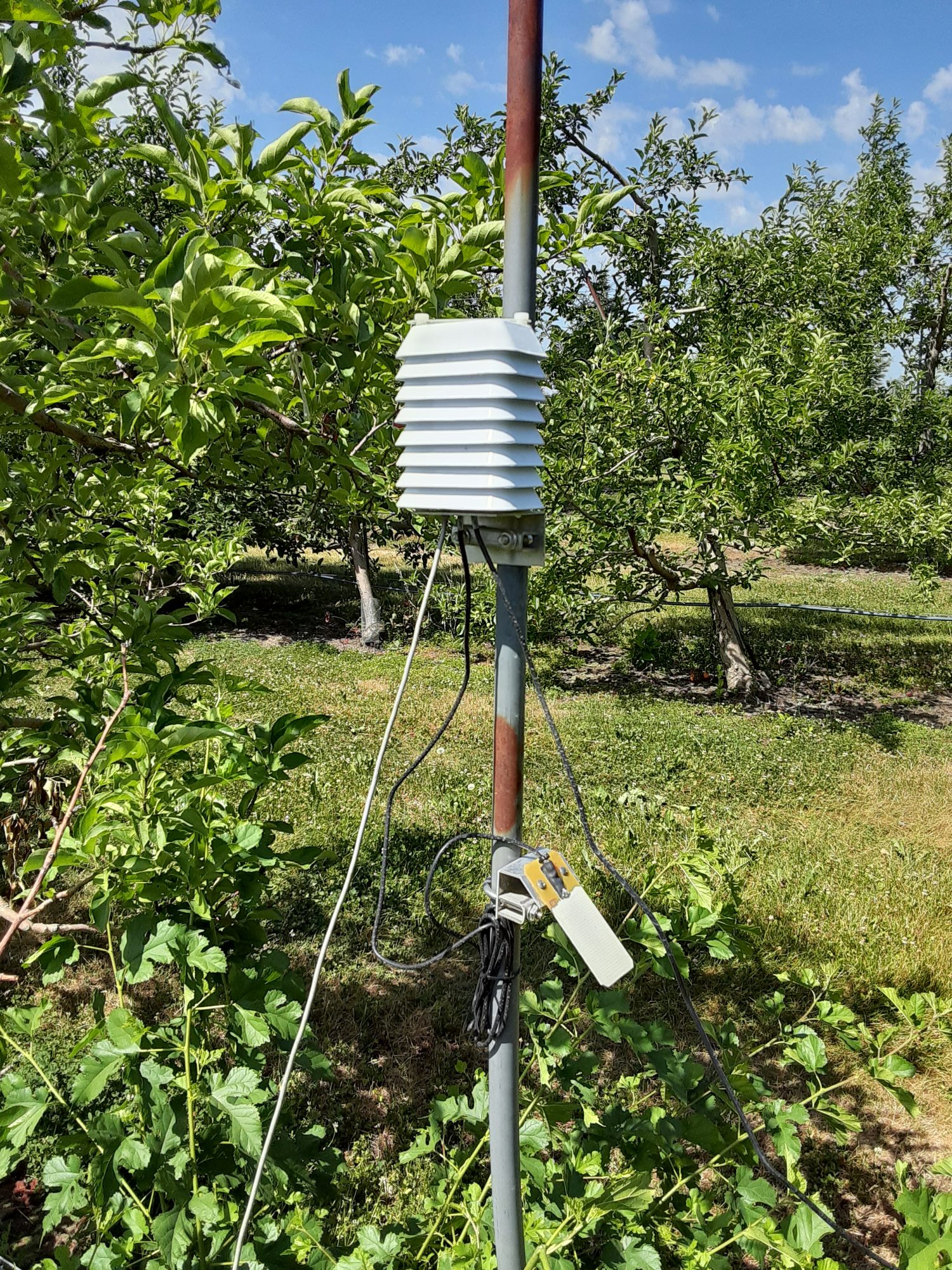
CONTACTS
Website: “Smarter Spraying for Apples” www.smartapplespray.plantpath.iastate.edu
Project Director:
Dr Mark Gleason, Professor, Department of Plant Pathology and Microbiology, Iowa State
University, Ames, Iowa 50011, U.S. mgleason@iastate.edu
Principal investigators:
Dr Wendong Zhang, Associate Professor, Department of Economics, Iowa State University, Ames, Iowa 50011, U.S. wdzhang@iastate.edu
Dr Laura Iles, Co-Director, North Central
Integrated Pest Management Center; Director, ISU Extension Plant and Insect Diagnostic Clinic, Iowa State University, Ames, Iowa 50011, U.S. ljesse@iastate.edu.
Dr Melanie Lewis Ivey, Associate Professor, The Ohio State University, Wooster, Ohio 43210, U.S. ivey.14@osu.edu
Dr Heping Zhu, Food and Agriculture Engineer, USDA-ARS, and Adjunct Professor, The Ohio State University, Wooster, Ohio 43210, U.S. heping.zhu@ars.usda.gov
Graduate students:
Olivia Meyer, M.S. Candidate, Department of Horticulture, Iowa State University, Ames, Iowa 50011, U.S. okmeyer@iastate.edu
Lianna Wodzicki, M.S. Graduate, Department of Plant Pathology, The Ohio State University, Wooster, Ohio 43210, U.S.
Project Coordinator:
Jose Gonzalez Acuna, Department of Plant Pathology and Microbiology, Iowa State University, Ames, Iowa 50011, U.S. jgonzal@iastate.edu
Please note: This is a commercial profile



